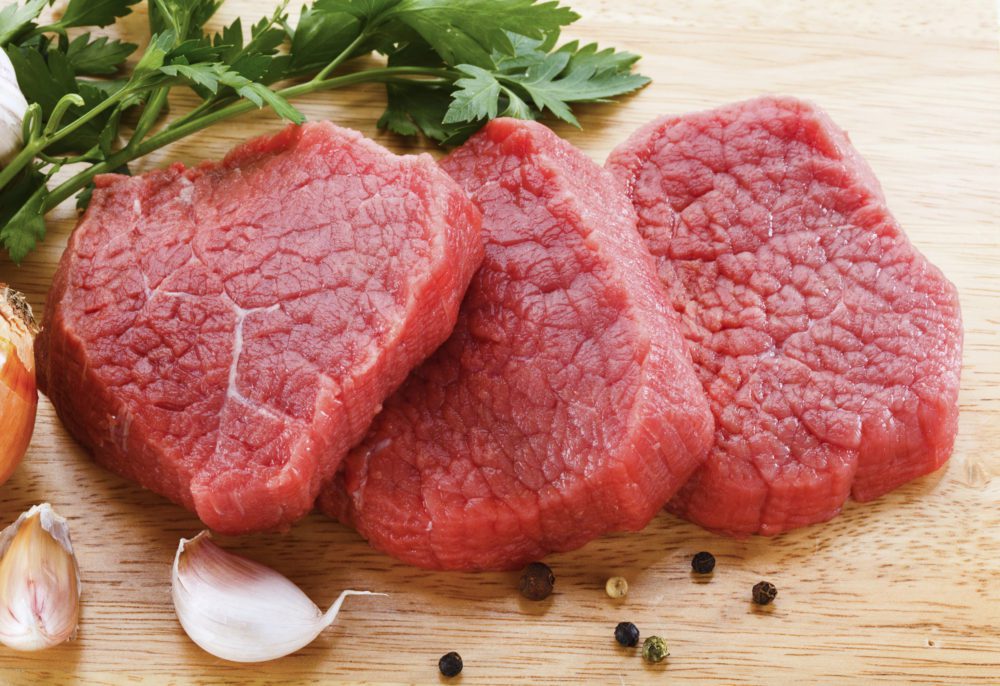High-iron foods don’t necessarily boost iron levels in runners
High iron unfortunately doesn't mean high absorption

Feeling a little sluggish and tired can be due to a high training volume, but it can also come from nutrition mistakes. Female runners in particular have a hard time maintaining iron levels due to the high-stress nature of the sport. When a runner’s iron levels fall too low, overall energy (but especially energy during training) can be compromised. If you’ve ever brought up your iron levels to teammates or friends, they’ve probably asked questions like, “how much spinach do you eat?” or “do you take a supplement?”
RELATED: The iron test every runner should get
While spinach and (most) supplements are great for you, many runners don’t struggle to get enough iron because of their food intake. They struggle to actually absorb that iron once it has entered their system. Here’s a look at foods with high iron versus foods where iron is easily absorbed.
Iron content of different foods and an estimation of the amounts that will be absorbed @c_tarnowski95 In: Preventing and treating iron deficiency https://t.co/7go8kZODCY pic.twitter.com/zEdlUD728Z
— Asker Jeukendrup (@Jeukendrup) August 2, 2020
Foods with high iron:
Beef
Almonds
Hazelnuts
Apricots
Figs
Liver
Foods with high absorption:
While the foods above have high levels of iron, a fraction of the iron in the dried fruits gets absorbed when eaten, whereas almost all of the iron in animal sources is absorbable. Below is a list of foods with high absorption rates.
Sausage
Shrimp
Lamb
Eggs
Beef
Liver
Despite many plant sources having comparable levels of iron to those in animals, their bioavailability isn’t the same. Bioavailability describes how much iron actually will actually enter a runner’s system once it’s eaten.

RELATED: Is vegan protein powder good for you?
How to increase iron absorption
There are several common mistakes runners make when taking iron supplements. Most will have their supplements in the morning, but follow it up with a latte or bowl of cereal. Both calcium and caffeine can inhibit iron absorption by as much as 70 per cent, so after you take your supplement, be sure to stay clear of those two things for a few minutes. Instead of following your iron supplementation up with a coffee, try a piece of citrus fruit like an orange or grapefruit. The vitamin C is a great way to assist absorption and it’s also a good way to start your day.
It’s also important to note that dietary iron is found in two forms: heme and non-heme iron. Heme is the iron found in animal products and non-heme is found from mostly plant sources. While iron levels in plants are typically higher than in animal sources, heme iron is absorbed better by the body.
Runners should try to get enough iron through their diets, but if blood tests are showing that it remains low they can consider a supplement, or in extreme cases, getting an injection if it’s recommended by a sports nutritionist.
RELATED: The five supplements that can have performance benefits for runners


